
For an odd reason, the 1st of June remains ingrained in the recesses of my memory. My colleagues and I had taken a flight back to Mumbai after finishing a project for our clients at Jamnagar. I was absorbed in a magazine, when suddenly one of my colleagues sitting next to me interrupted and brought to my attention the newspaper he was going through. It was the Midday, a daily newspaper released from Mumbai. The news item, he pointed to, shocked me. On the front page was the photo of a Sikh family with a screaming headline. A member of a Sikh family had murdered the whole family of their son-in-law because he had married their daughter into a different caste!
My colleague who was going through the report commented "Arey tu to bolta tha ki Sikhon mein koyi jaat paat nahi hai, phir yeh kya hai? (you said that there is no caste system in Sikhism, then what is this?) I had no reply. I always took pride in the true principles inherent in Gurmat. But at his question the only answer that came to my mind was: "These people can’t be Sikhs, since Sikhs are said to be true to the Guru when they live the Maryada (code of principle). If they violate this, they are liable to expulsion. "Rahinee rahey soey Sikh mera."
It was horrible reading the news article. I reached my residence and waited to hear ‘IN-Mumbai’ news, a local satellite news channel, and as I expected, it made the news headline. It was saddening! The worst part of it was that the two ladies from the girl’s family shown on the news were totally unrepentant at having committed such a heinous act. On the contrary they were actually proud of their feat!
According to the Sikh Code of Conduct, Clause XVIII clearly specifies that "a Sikh should marry a Sikh", which means the young couple had done nothing wrong, but acted within the prescribed codes of Sikhism. These very people, who sat in judgement on the young couple, are the ones who quote "Nanak Naam chardi kala terey bhane sarbat da bhala" (With the name of Almighty, we wish well of the whole Galaxy), but is this what they mean by ‘Sarbat da bhala’?
The entire Sikh community criticised this dastardly act at that time, but that hasn’t changed the mindset of the community. People condemned this dastardly act for a few days, but today again such incidents are continuing (Recently, a person of high standing in the community was suspected of having killed her daughter for having married against her wishes). In every house, one finds that the parents from one caste are against marrying their sons or daughters into another caste, no matter how perfect the match may be. For them the qualities of a person do not matter, what matters is the caste. They prefer to tie the knot with a person belonging to the same caste even if it means compromising on the qualities they were looking for, when looking for a match. I don’t know how caste plays a role in Sikh marriages, since even after the marriage, the couples would still be belonging to the same religion, bow towards the same Guru, follow the same principles, culture, tradition, and above all walk on the same path as shown by our Gurus.
We are all aware that caste is not what makes a human being good or bad and casteism is nothing but false pride and forced impulsion on society.
Wasn’t Sikhism supposed to be above casteism? In fact, disregard for casteism was one of the basic foundations of Sikhism. Why do we adopt only those principles, which are a balm to our ego and conveniently forget the others?
There are several quotes from Gurbani about casteism. Gurbani says of people who live under the darkness of this false pride:
ਜਾਤਿ ਕਾ ਗਰਬੁ ਨ ਕਰੀਅਹੁ ਕੋਈ ॥ ਬ੍ਰਹਮੁ ਬਿੰਦੇ ਸੋ ਬ੍ਰਾਹਮਣੁ ਹੋਈ ॥1॥
ਜਾਤਿ ਕਾ ਗਰਬੁ ਨ ਕਰਿ ਮੂਰਖ ਗਵਾਰਾ ॥ ਇਸੁ ਗਰਬ ਤੇ ਚਲਹਿ ਬਹੁਤੁ ਵਿਕਾਰਾ ॥1॥ ਰਹਾਉ ॥
ਚਾਰੇ ਵਰਨ ਆਖੈ ਸਭੁ ਕੋਈ ॥ ਬ੍ਰਹਮੁ ਬਿੰਦ ਤੇ ਸਭ ਓਪਤਿ ਹੋਈ ॥2॥
ਮਾਟੀ ਏਕ ਸਗਲ ਸੰਸਾਰਾ ॥ ਬਹੁ ਬਿਧਿ ਭਾਂਡੇ ਘੜੈ ਕੁਮ੍ਾਰਾ ॥3॥
ਪੰਚ ਤਤੁ ਮਿਲਿ ਦੇਹੀ ਕਾ ਆਕਾਰਾ ॥ ਘਟਿ ਵਧਿ ਕੋ ਕਰੈ ਬੀਚਾਰਾ ॥4॥
ਕਹਤੁ ਨਾਨਕ ਇਹੁ ਜੀਉ ਕਰਮ ਬੰਧੁ ਹੋਈ ॥ ਬਿਨੁ ਸਤਿਗੁਰ ਭੇਟੇ ਮੁਕਤਿ ਨ ਹੋਈ ॥5॥1॥
No one should be proud of his caste.
He alone is a Brahmin who knows God.
Do not be proud of your social class and status, you ignorant fool!
So much sin and corruption comes from this pride.
Everyone says that there are four castes, four social classes.
They all emanate from the drop of God’s Seed. The entire universe is made of the same clay.
The Potter has shaped it into all sorts of vessels.
The five elements join together, to make up the form of the human body.
Who can say which is less (inferior or bad), and which is more? (Superior or good)
Says Nanak, this soul is bound by its actions.
Without meeting the True Guru, it is not liberated. (M-3, Ang 1128 SGGS)
Reciting the Almighty’s Name is the only caste one has to follow:
ਨਾਮੁ ਜਾਤਿ ਨਾਮੁ ਮੇਰੀ ਪਤਿ ਹੈ ਨਾਮੁ ਮੇਰੈ ਪਰਵਾਰੈ ॥
The holy Name is my caste, the Name is my honour, and the Name is my family (M-5, Ang 713, SGGS).
Even in daily Sodar we all read or hear this quote:
ਖਸਮੁ ਵਿਸਾਰਹਿ ਤੇ ਕਮਜਾਤਿ ॥ ਨਾਨਕ ਨਾਵੈ ਬਾਝੁ ਸਨਾਤਿ ॥
Those who forget their Lord and Master are vile and despicable. O Nanak, without the Name, they are wretched outcasts. (M-1, Ang 10 SGGS)
Sikh history is full of lessons for us, which we feel proud of, and with great delight we share these with others. But when it comes to implementing them in our own lives, we prefer to skirt it. This is not the case only with those who are spiritually ignorant or disbelievers, but very much common among those who are well known for their religiousness and community service. In fact, the greater their standing in the community, the more rigid they are in their attitudes. This rigidness, if employed on the Path of God, leaving aside egoism and false dignity and pride, would bear more fruits.
Even Amrithdharis are major contributors to this sad state of affairs. On one hand, they proudly claim to be members of the Khalsa family and don’t believe in castes, since they partook the Amrit from the same bowl irrespective of the religion, caste, creed, colour, sex, name, fame, wealth; drank the same nectar shared by others, and thus belong to one family; but on the other hand, when it actually comes to practising these principles, they shy away. They should never forget their Amrit Sanskar ceremony, when the five Beloved’s gave them the amrit (nectar) and said that "from now onwards your Dharam Nash, Kul Nash and Karam Nash" (i.e., from today onwards, whatever religion you belong to is destroyed, whatever generation you belong to is destroyed, whatever karam you had done is destroyed). Now you belong to the Sikh Dharam, one family headed by father Guru Gobind Singhji and Mother Mata Sahib Kaurji. But these words do not make much impact on their minds. They are proud to claim themselves as Sikhs, but in reality are they really Sikhs?
Sikh history educates us on a lot of things in our lives. The Guru himself had shown us examples by implementing them. What could be a better example than the Vaisakhi day in the year 1699 when Bhai Daya Ram, belonging to the Khatri Caste, Bhai Dharam Chand, a Jat, Mohkam Chand, a Washerman, Himmat Rai, a potter and Sahib Chand, a Barber, were renamed Bhai Daya Singh, Bhai Dharam Singh, Bhai Himmat Singh, Bhai Mohkam Singh, Bhai Sahib Singh, removing Chand, Ram, Das from their names. They were converted into members of one community with no caste and creed. Not only that, the Guru himself bowed before them and requested them to include him in them. What a great honour to be a member of such a family where the Tenth Master is head of our own family.
But it is very sad that we haven’t learnt anything from these facts, our history is just going in vain. We keep celebrating the Purabs blindly, without ever following the messages of the Gurus. We merely repeat the words passed on by them and profess to be emulating the path shown by them, but the reality is quite different! We are trapped by our egos and allow it to rule over us.
Anyone who believes in Jaat-Paat cannot be a true Sikh, for the castes only relate to the bodies not the self, the soul and the spirit. Gurbani compares the pride of caste with poison. Since the poison’s job is to kill, whosoever tastes the poison of pride of caste dies in spiritual blindness and suffers as a result.
ਜਾਤੀ ਦੈ ਕਿਆ ਹਥਿ ਸਚੁ ਪਰਖੀਐ ॥ ਮਹੁਰਾ ਹੋਵੈ ਹਥਿ ਮਰੀਐ ਚਖੀਐ ॥
What good is in the caste? Truthfulness is measured within. Pride in one’s status is like poison— holding it in your hand and eating it, you shall die. (M-3, Ang 142 SGGS)
Also said,
ਬਿਨੁ ਨਾਵੈ ਸਭ ਨੀਚ ਜਾਤਿ ਹੈ ਬਿਸਟਾ ਕਾ ਕੀੜਾ ਹੋਇ ॥
Without the Naam, all are low class, like maggots in manure. (M-3, Ang 426 SGGS)
Gurbani talks about the sants who came from so-called "low caste" families, but through Naam, they all attained the Supreme - Namdev, a calico printer, Kabir, a weaver by caste, Ravidas the cobbler, Sain, a barber, Dhanna, the farmer - they all became worthy of praise with their dedication to the Path of God. On the one hand we wholeheartedly bow before Guru Granth Sahibji, the Shabad Guru, whom we consider our Guru, but when it comes to respecting people for their individuality by rising above the pettiness of caste and creed, it is something incomprehensible. Just think before bowing towards this sacred Granth whether we are following the contents of it or just for the sake are we bowing to get ourselves satisfied for materialistic benefits?
ਨੀਚਾ ਅੰਦਰਿ ਨੀਚ ਜਾਤਿ ਨੀਚੀ ਹੂ ਅਤਿ ਨੀਚੁ ॥ ਨਾਨਕੁ ਤਿਨ ਕੈ ਸੰਗਿ ਸਾਥਿ ਵਡਿਆ ਸਿਉ ਕਿਆ ਰੀਸ ॥
ਜਿਥੈ ਨੀਚ ਸਮਾਲੀਅਨਿ ਤਿਥੈ ਨਦਰਿ ਤੇਰੀ ਬਖਸੀਸ
Nanak seeks the company of the lowest of the low class, the very lowest of the low. Why should he try to compete with the great? In that place where the lowly are cared for—there, the Blessings of Your Glance of Grace rain down. (M-1, Ang 15 SGGS)
For years we have been hearing that a man is not high or low on the basis of his family of birth, material wealth, name, fame, power, education, knowledge, etc., Who is low or high depends solely on one’s deeds and how he lives his life. For example, by merely taking birth in a so-called Sikh or a Brahmin family, one does not become a Sikh or a Brahmin. If both of them act with material consciousness, they are not any better than a so-called Shoodra (low caste beings). In fact, according to Gurbani, one is not even qualified to be called a human being just because by virtue of being in a human form.
ਕਰਤੂਤ ਪਸੂ ਕੀ ਮਾਨਸ ਜਾਤਿ॥
They belong to the human species, but they act like animals (M5 Ang 267 SGGS).
As said by well known Muslim Sufi poet, Saain Bulhe Shah:
Uthe amlaan te hone te niberhe kise naheen teri jaat puchhnee:
There, you will be judged by what you practice, not by your caste or social class
Aren’t these people narrowing their vision in getting much better match just by insisting false casteline of Brahmansim rather than widening their vision and looking for the more perfect match for their children. I really congratulate those parents who have set examples and showed their coming generations that, yes, we don’t have any castebar line and are not following the forces of brahmanism.
As said,
Bharam bhek tey rahey niyara so khalas satguru hamara
Just few years back, we celebrated the tercenetary of Khalsa Panth, indeed a perfect example of Sikhs as one community, but have we learned anything from these purabs or have they just remained mere celebrations out of habit formed by years of routine celebrations?
Years and years have passed in mere celebration of gurpurabs without any real prestige! When are we going to learn?
When are we going to follow the principles of Sikhism in its true Spirit? When are we going to set an example of ourselves for others to emulate?
These questions can be answered only by the younger generation who can do this and can set an example for the future generations and spread the fragrance of Sikhi. They can convey to the society and their parents that there is no caste bar in Sikhism, don’t believe in it and this is what Gurbani teaches, are just going to implement these and fulfill the Rehat maryada and create an example in their family by removing false caste lines of the brahanism system from the Sikh religion which has been enforced on for long. Today, we have drifted far away from what our Gurus had taught.
Let’s all of us celebrate the coming Gurpurab by making a promise with our soul and to God that we won’t entertain any caste. We are indeed from a casteless society, as proclaimed by our Tenth Master.
Manas ki jaat sabhai ekai penchanbo
Recognize the caste of all mankind as One
Panth Dardhi
S B Surinder Singh
Vashi, New Mumbai
sbsurindersingh@gmail.com


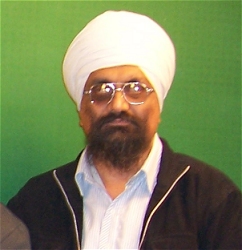
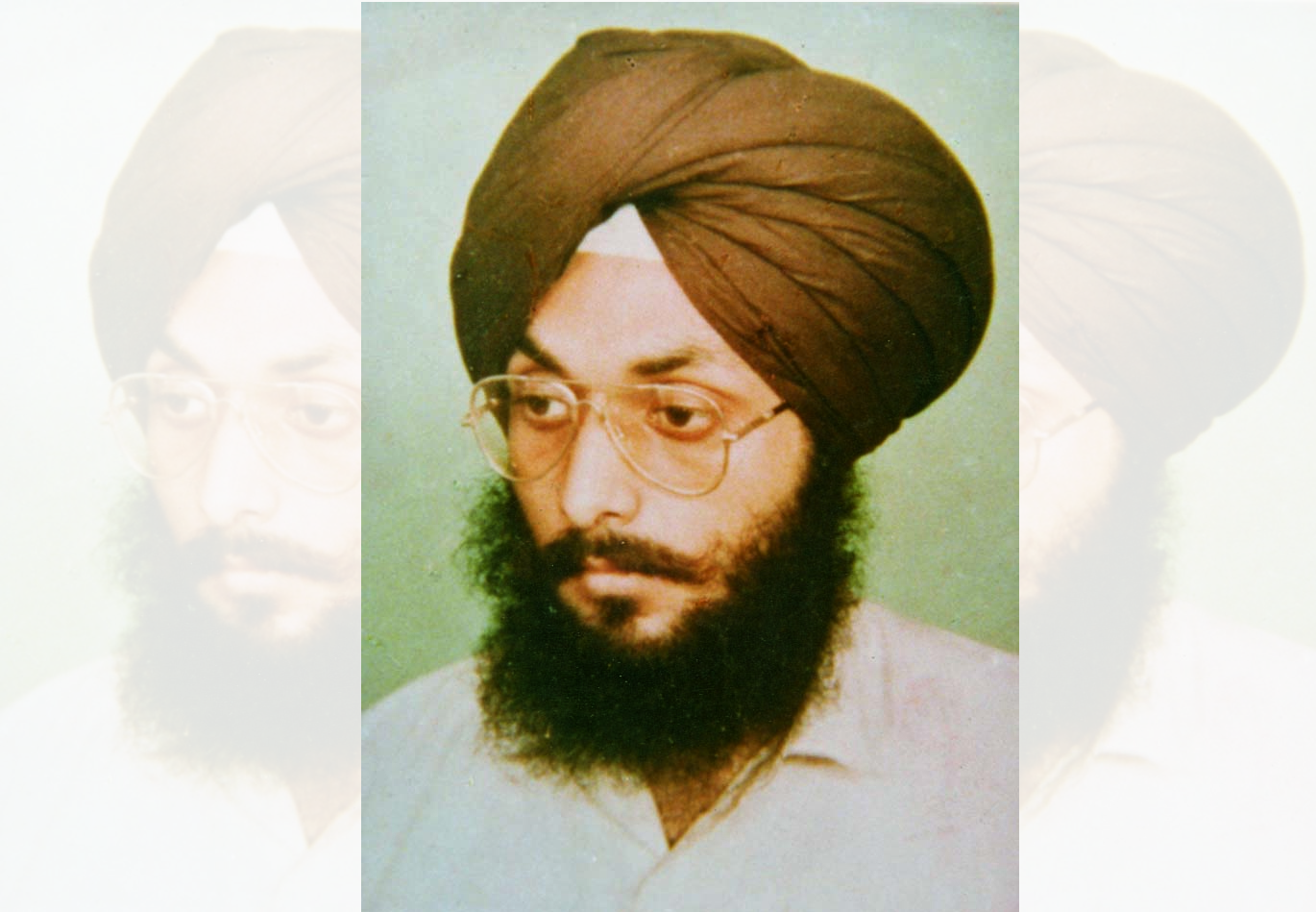

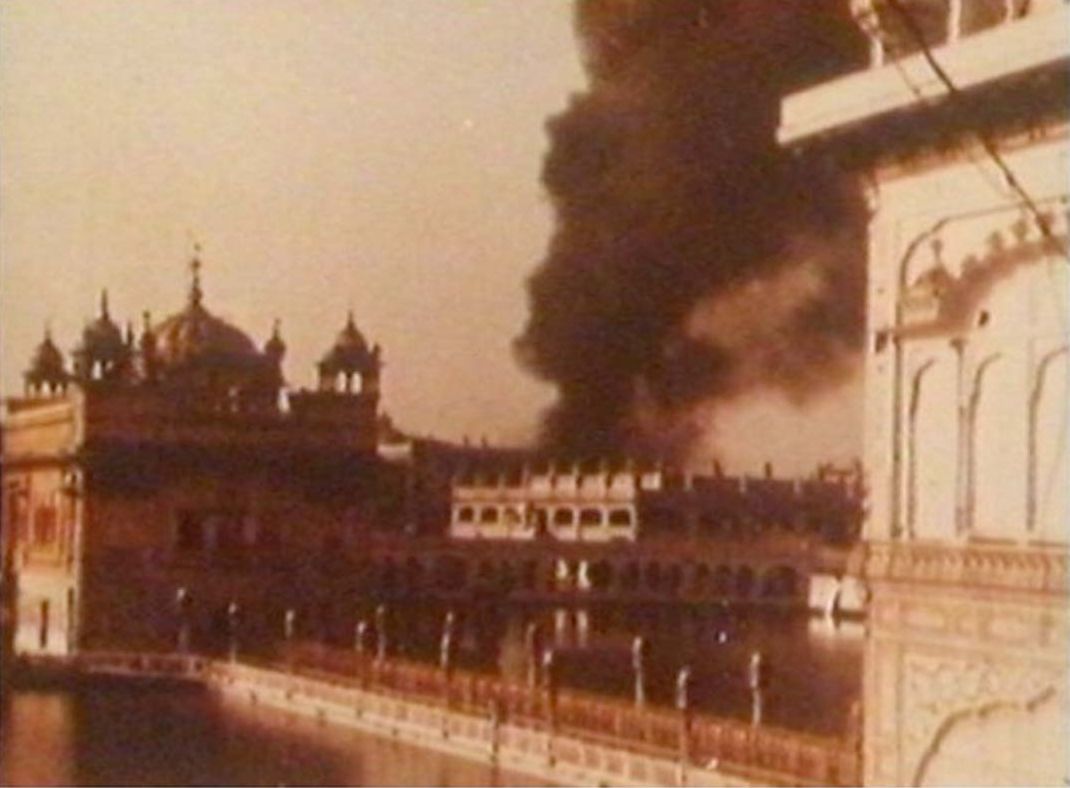
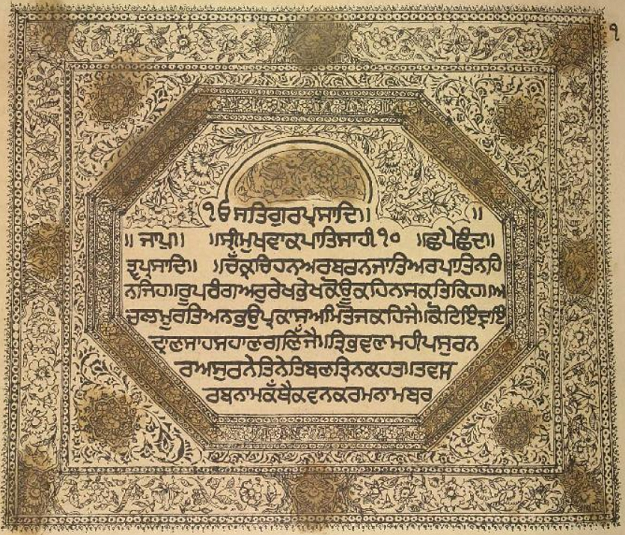
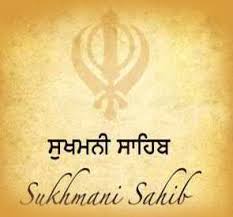
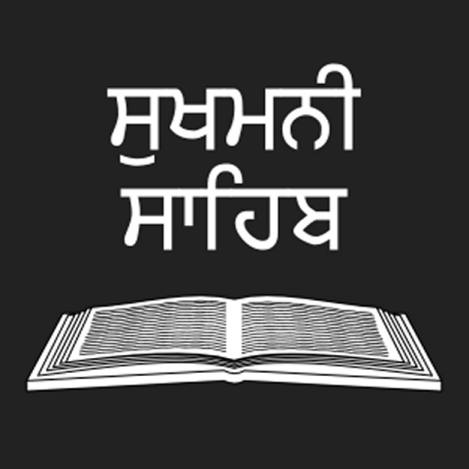
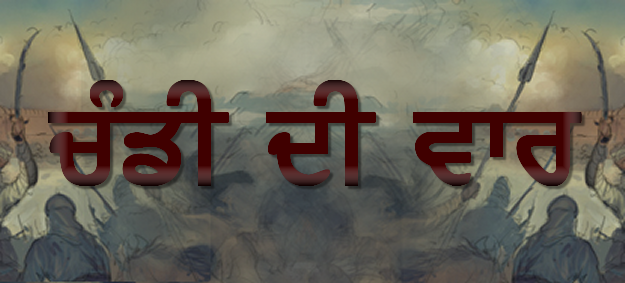
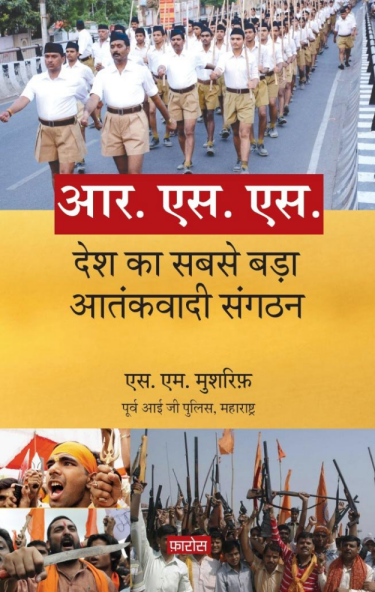
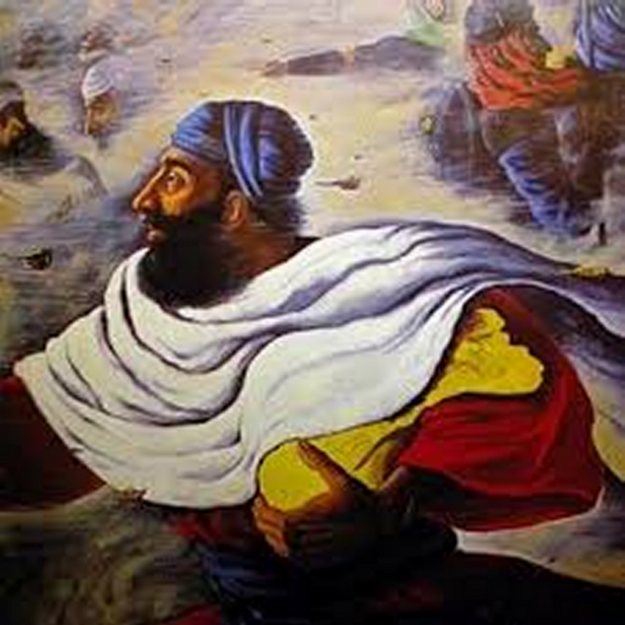
wahehuru ji tusi kafi sohna likheya hh waheguru tuhaanu
chardi kala bakhshe.
waheguru ji ka khalsa waheguru ji ki fateh